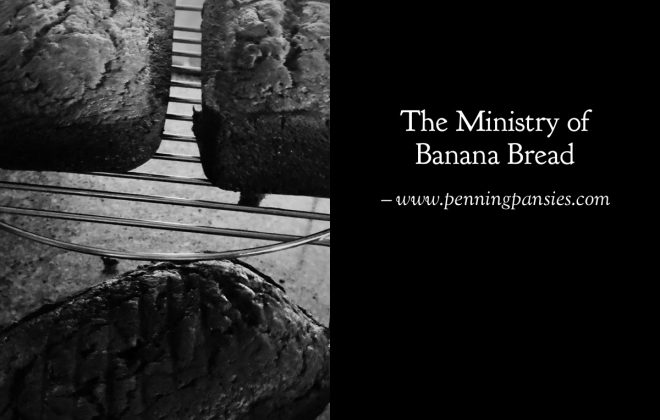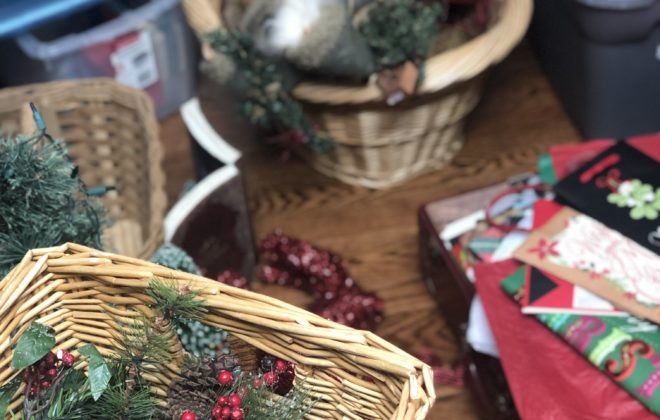New Life in an Old Garden
“The question is not what you look at but what you see” (Henry David Thoreau).
Summer’s wildflowers are a faint memory in the often chilly, damp days of early March. What was once a flurry of color in a variety of shapes and sizes stands brown and lifeless—bent under winter’s rain and, sometimes even, snow.
Unless one looks more closely, examines more thoroughly.
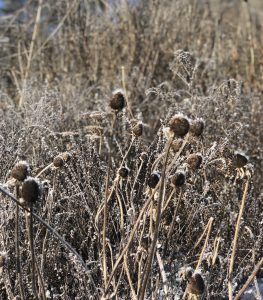
For there in the garden, among what appear only the spikey remains of coneflowers and cosmos, life stirs. Certain species of insects hibernate among the boney stems. Birds find shelter and sustenance in the remnants of wisteria vines and sunflowers. Even some reptiles indigenous to western North Carolina sleep winter away, buried just below the surface in that which is anything but a cemetery.
I used to worry over when to pull up the dead plants of summer. I’d feel the pressure to make the garden look pristine before December’s first snowfall—fretting about it, in fact, until I realized there was value in leaving it to tend later.
So now, it’s just after winter begins her farewell, springtime flirting in late February or early March, when I finally grab the work gloves and pull out the gardening shears. I’ve discovered fruitful results from my refrain—yes, when I wait to weed the wildflowers until winter’s almost over.
First, when gardeners wait, they’re encouraging the propagation of life in its many forms. While it may appear messy, might even cause some to raise an eyebrow at what perhaps seems neglect, don’t cave under pressure. Claim with dignity to be more like Thoreau. Instead of merely looking—
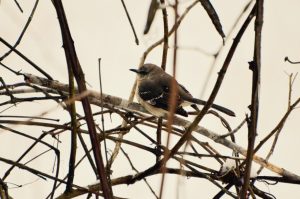
- See what lies behind or under the surface of last summer’s garden.
- See what waiting might produce—when life stirs, awakens from slumber, a variety of garden-friendly insects, butterflies and bees come springtime.
Furthermore, when we wait to weed—refraining from pulling up the previous season’s wildflowers—we’ll likely be given the gift of volunteer plants from old seeds that fall to the ground, having been kept from earlier removal.
Personally, by waiting, I’ve been blessed with the return of zinnias, cosmos, and other flowers without sowing new seeds. Of course, this may not work in growing zones prone to colder temperatures, but for those in the southeast, it’s something to consider. Again, even though one’s garden may look a bit unruly–yes, wild!–for a season, the reward might be worth the wait!
- Just see what new life might blossom!
It should be said, I’m far from a professional. My wildflower garden each year is more an experiment than a carefully executed plan (though, sadly, I have executed a number of plants due to my lack of planning). Honestly, I just love flowers and the butterflies and birds they bring.
I’ve asked the Lord concerning my winter garden woes, Why do I care? Is there a deeper spiritual lesson You want me to learn from this? As I’ve listened, His answer came, reminding me of three gardens from long ago.
The first, Eden, was created with perfection, but Adam and Eve’s choices resulted in separation from God. Still, our gracious Grand Gardener, with mercy and love, made a way back to Him. Though He banished the couple from the garden, setting guardians at the eastern gate (Gen. 3:24), His redemptive plan was set in motion.
The second, Gethsemane, was where Jesus relinquished his desires, praying, Not my will, but Yours (Matthew 26:39) just prior to Calvary. And his obedience, though sinless himself, was what brought fulfillment to God’s redemptive plan. Breathing his last, our Savior sealed the deal, saying–
It is finished (John 19:30).
Finally, the third was a garden with a tomb. Here Jesus rose again, having conquered death to offer new life to all who turn to him—dead, dry and brittle though we be—with repentance in our hearts.

Seems God holds gardens in high regard, does it not? And I bet He smiles each time He sees one of His sons or daughters fulfilling the Dominion Mandate (Genesis 2:15) by caring for His creation—from the smallest insect to the tallest sunflower. But mostly, for those created in His image, to whom He offers new life and eternity with Him.
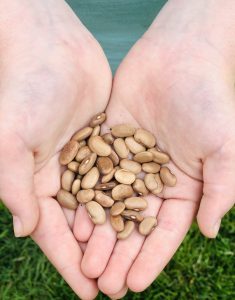
So, friends, let’s roll up our sleeves and get to work—because, you see, we have some seeds to sow!
How might God be asking you to see more like Him?
Where might He be calling you to sow seeds?
Thank you, Abba, for being the God who sees (Genesis 16:13). Help me look more like You. Yes, help me see like You. Amen.
Tags In
Search
Subscribe to Blog via Email
Categories
- At Home (186) 186
- God's Word (194) 194
- His World (215) 215
- Uncategorized (5) 5



